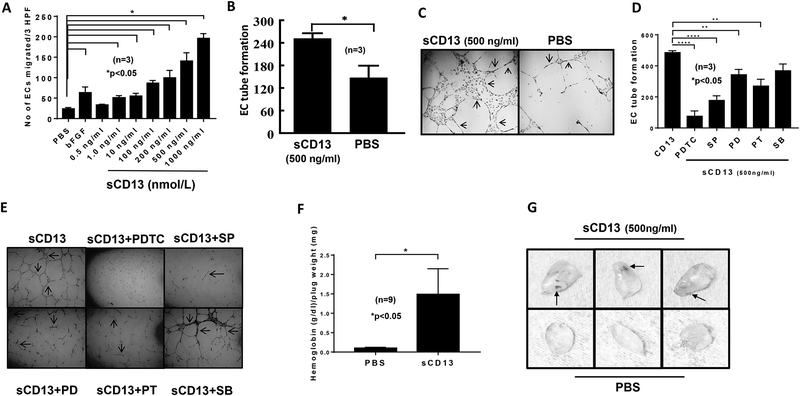Fig. 1). sCD13 induces EC migration, tube formation, and angiogenesis in murine Matrigel plug assays.
A) Human dermal microvascular endothelial cell (EC) chemotaxis was performed in a modified Boyden chamber using sCD13 at various concentrations. sCD13 induces EC migration in a dose-dependent manner. CD13 induced EC migration from 1–1000 ng/ml (p<0.05). Data represent the mean of 3 individual experiments ± SEM. Three high power fields (hpf) (x400) were counted in each replicate well. PBS and bFGF served as negative and positive controls, respectively. B-C) EC tube formation was performed on growth factor reduced (GFR) Matrigel with sCD13. EC tubes formed in response to sCD13 were almost two fold more when compared to PBS, a negative control. Arrows indicate tubes formed in response to sCD13. n = number of replicates in each group. D-E) We examined the role of signaling molecules by performing EC morphogenesis assays using sCD13 as a stimulus in the presence or absence of signaling inhibitors. EC tubes formed by sCD13 were significantly decreased by the inhibitors of NFkB, Jnk, Erk1/2, and GPCR while a p38 inhibitor (SB) did not. F-G) To test the effect of sCD13 in angiogenesis in vivo, Matrigel plug assays using C57BL/6 mice was performed. Each mouse was given a subcutaneous injection of sterile GFR Matrigel (500 μl/injection) containing either sCD13 or PBS, a negative control. Matrigel plugs were harvested after 7 days. Hemoglobin (Hb) was determined. There was more than a 4 fold increase in Hb, an indirect correlate of neovascularization, in the plugs containing sCD13. Results are represented as the mean ± SEM and *p<0.05 was considered significant. On gross appearance, plugs injected with sCD13 had blood vessel formation and appeared red compared to plugs injected with PBS. Arrows indicate redness and new blood vessels formed. n = number of mice per group.

